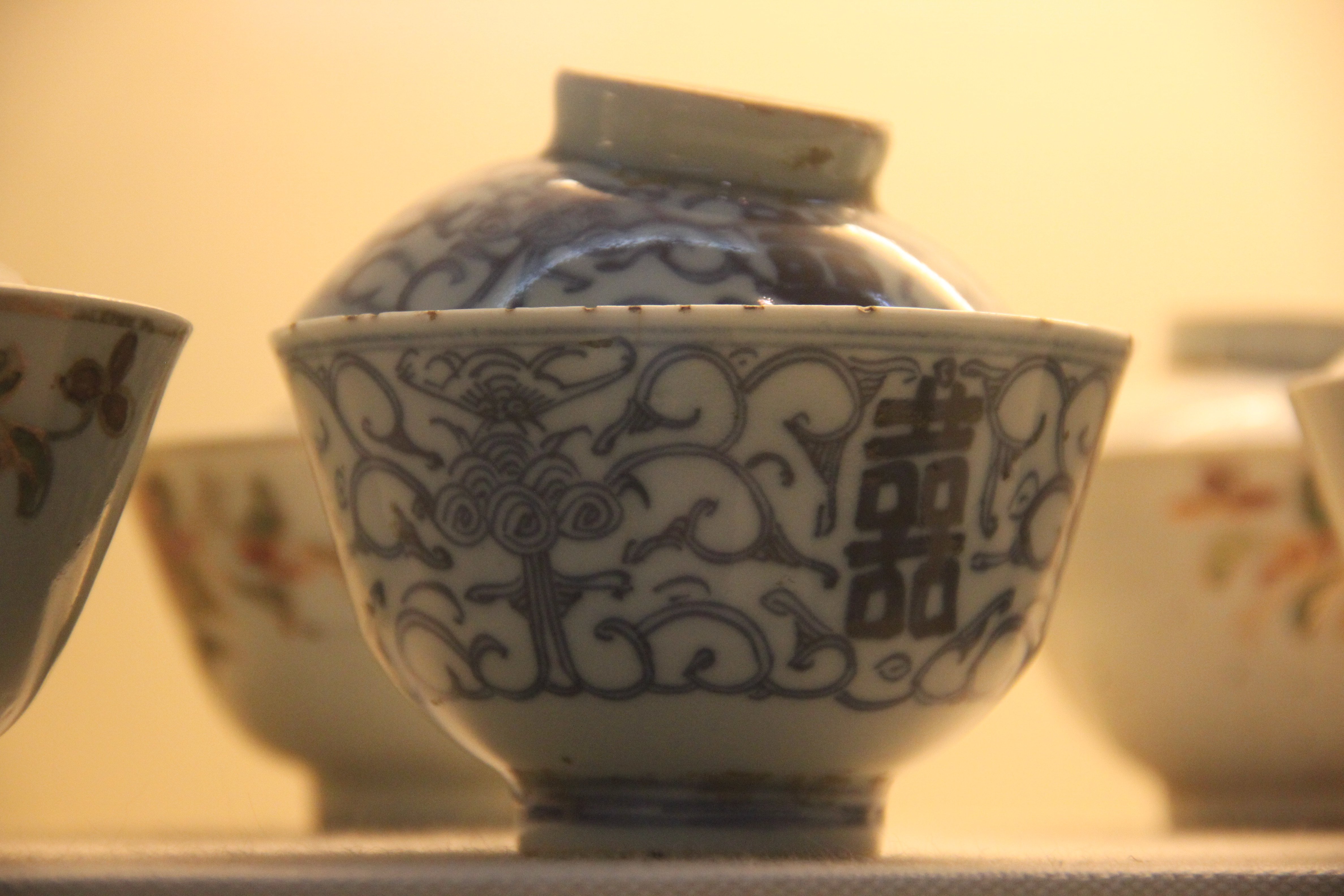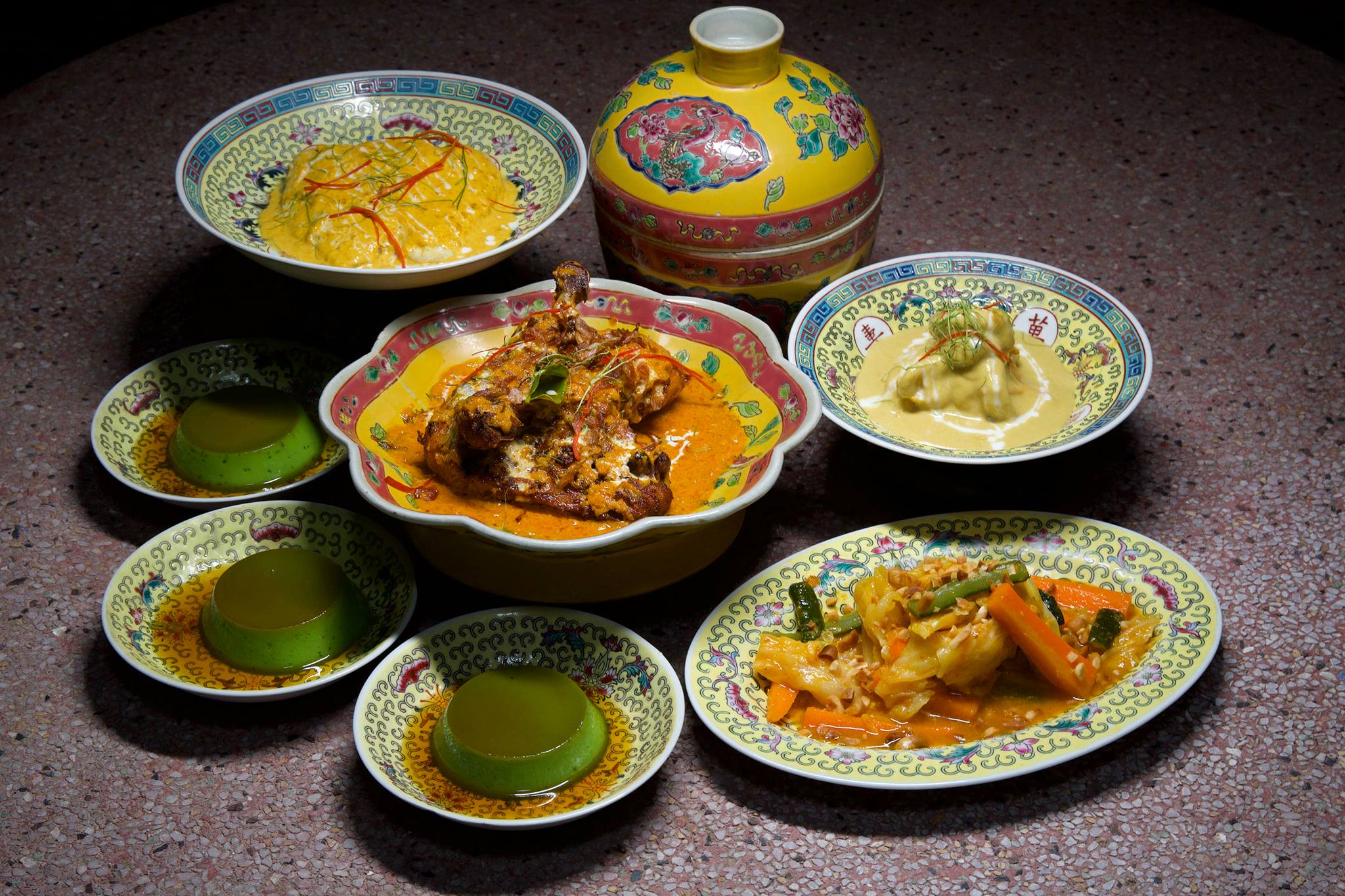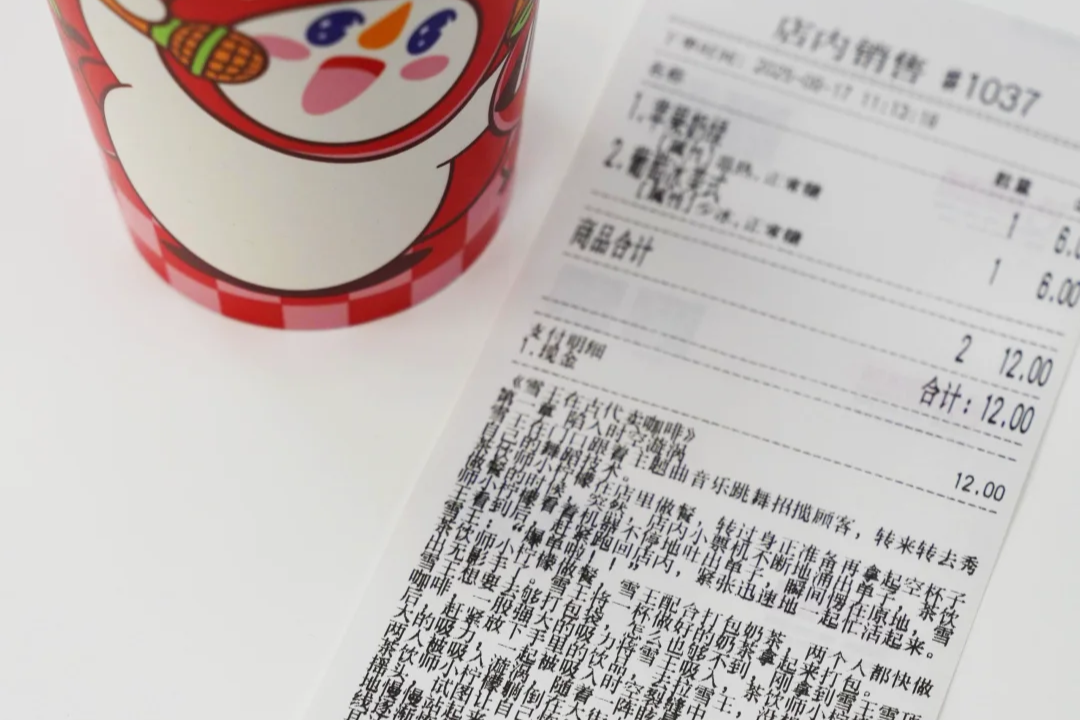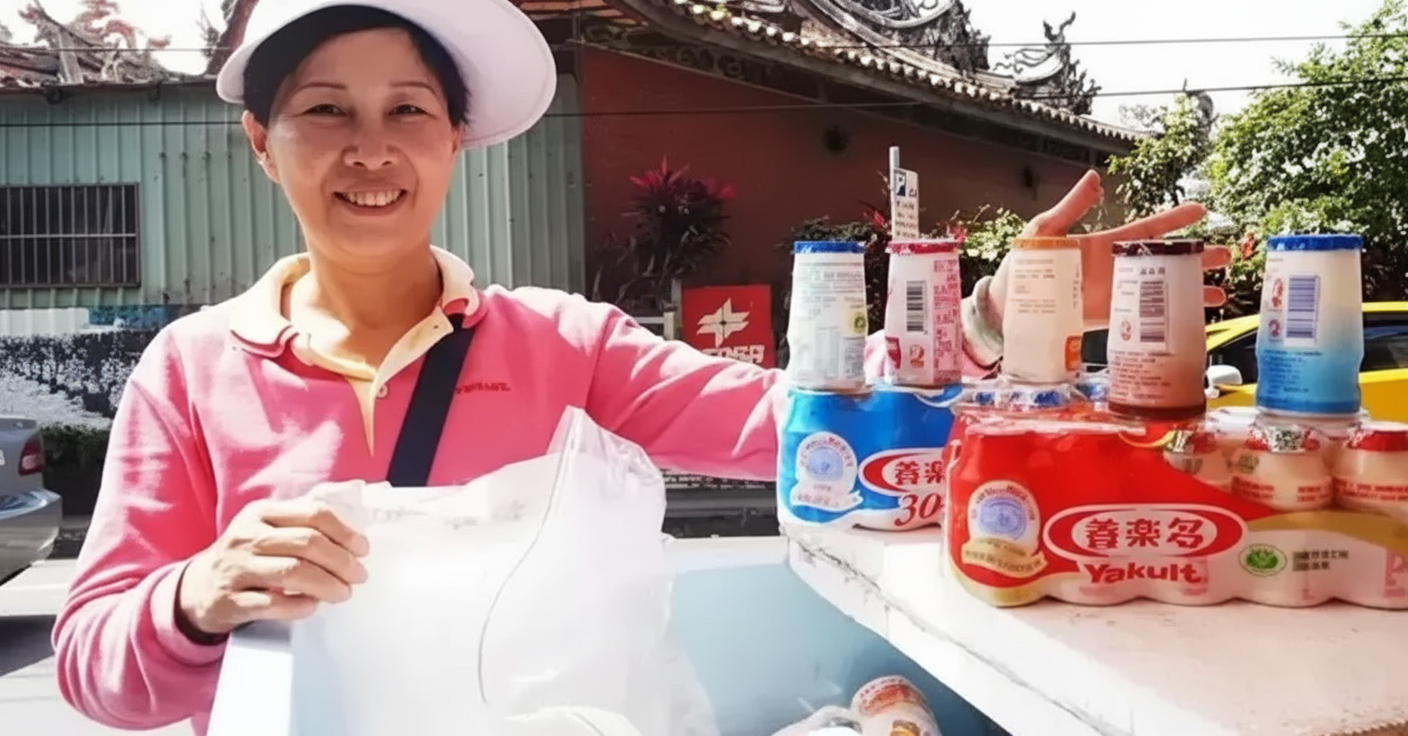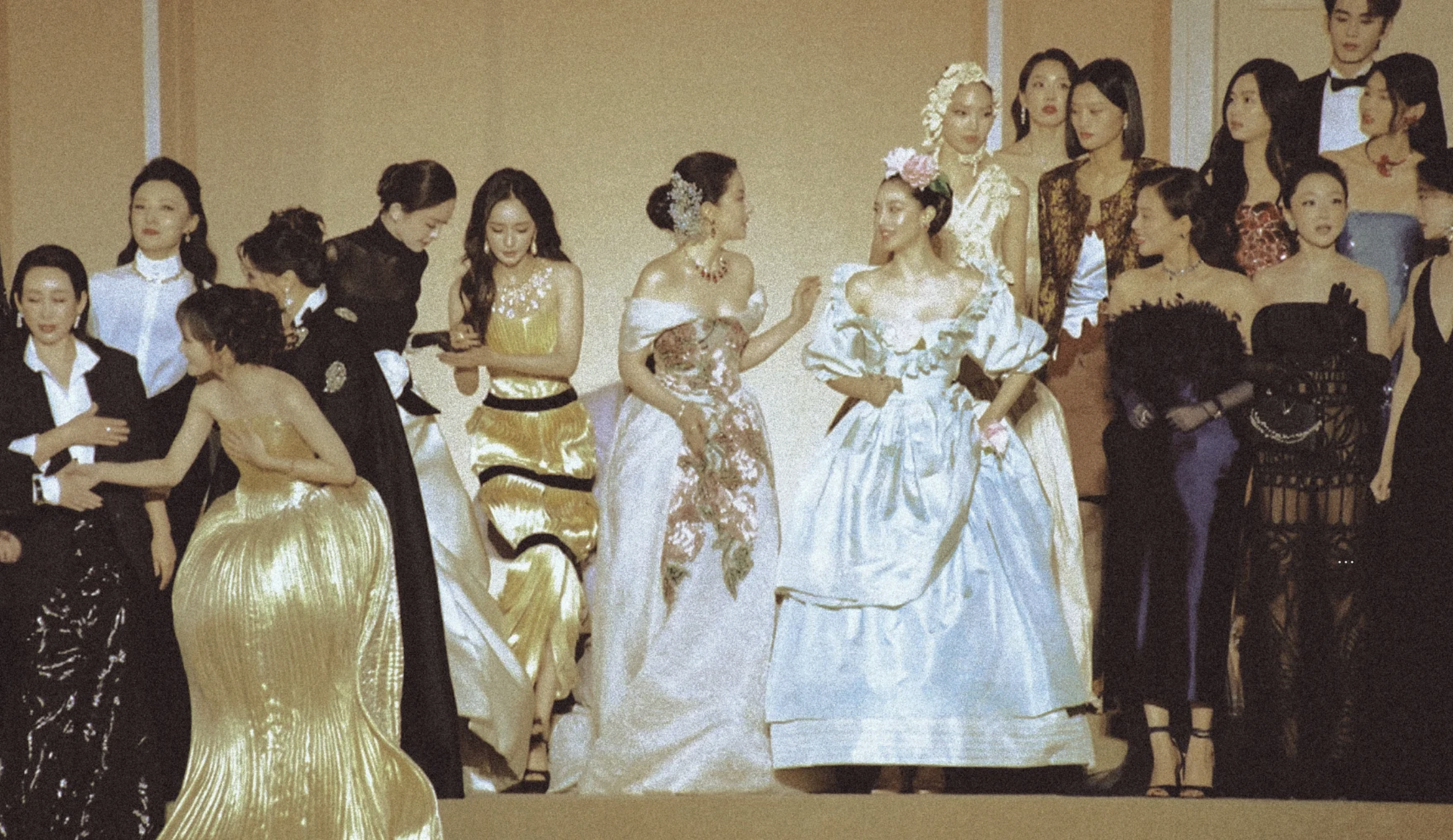If you’ve ever sat down to a bowl of Nyonya laksa, you know it’s going to be an assault on the taste buds. The creamy coconut broth hits first, fragrant with lemongrass and dried shrimp. Then comes the slow (but eventual) burn of chili, the tang of tamarind, and a final burst of lime that wakes up every corner of your tongue. It’s rich, spicy, sour, and comforting all at once—an accurate representation of the people who made this delicious noodle dish.
What we now know as Baba-Nyonya cuisine, or Peranakan food, was born centuries ago out of migration, marriage, and the blending of cultures. In a time before “fusion” became a marketing buzzword, the Peranakan community was already perfecting it at home.
The proof is there. Just last year, Auntie Gaik Lean’s Old School Eatery, a Nyonya restaurant in Penang, earned a Michelin star—a major nod to one of Malaysia’s most layered culinary traditions. It’s a reminder that this food, once considered domestic and nostalgic, has a place on the world stage.
A History Written in Spices

The story of Baba-Nyonya cuisine starts in the 15th century, when Chinese traders began arriving on the Malay Peninsula. Many settled in port cities like Melaka, Penang, and Singapore—parts of what would later become the Straits Settlements. They married local Malay women and, over generations, created a unique hybrid community known as the Baba-Nyonya, or Peranakan. Together they formed a distinct cultural identity that’s neither fully Chinese nor Malay, but something new entirely. Their homes mixed kebaya blouses with porcelain from Jingdezhen, and their daily speech evolved into Baba Malay—a creole of Malay, Hokkien, and English.

And of course, the kitchens told the same story.
Chinese immigrants brought their wok-frying techniques and soy sauces, while Malay households contributed a spice rack of galangal, lemongrass, turmeric, and chilies — not to mention the art of blending rempah, aromatic pastes that form the backbone of so many Southeast Asian dishes. The result was something entirely unique: food that tastes a little Chinese, a little Malay, but also very distinctive.
What Makes It So Damn Tasty?

At the heart of Nyonya cooking is the rempah: a spice paste pounded from aromatics like shallots, garlic, chilies, and a long list of roots and seeds that vary from family to family. The process is laborious, often done with a mortar and pestle until the paste releases distinctive — and often pungent — oils and aroma.

This paste becomes the foundation for a symphony of flavors: tangy, spicy, and deeply fragrant. Dishes like Ayam Pongteh, a comforting chicken and potato stew, showcase a Chinese-style braise with fermented soybean paste and palm sugar for a rich, savory, and slightly sweet flavor. Then there’s Ayam Kapitan, a thick chicken curry dish with kaffir lime leaves, turmeric roots, and lemongrass.

Any mention of Baba-Nyonya cuisine is incomplete without name-dropping the Pie Tee—a crisp pastry “top hat” filled with shredded jicama and carrots, a bite-sized snack that begs for seconds and thirds.

Due to its diverse and widespread background, regional differences run deep. Penang’s Nyonya dishes are sharper and tangier, reflecting northern influences and a love of sourness, such as asam laksa with its tamarind-sardine broth. Melaka’s version is richer, leaning heavily on coconut milk and gula Melaka (palm sugar), resulting in creamier curries and sweeter desserts. Even their kuih—those sweet and savory delights often made from rice flour and coconut—differ subtly in texture and flavor depending on where you go.
The Taste of Identity

For centuries, food was the heart of Peranakan identity. Many Baba-Nyonya families were deeply assimilated into local Malay society, yet maintained a sense of difference through what they cooked and ate. Recipes were passed down from mother to daughter, often without written measurements—only through intuition and taste.
Today, many of those traditional kitchens have evolved, sometimes by necessity. Some younger Peranakan chefs are reinterpreting the classics, lightening the dishes or plating them for modern and foreign palates. Others—like the famous restaurants in Penang and Melaka — are doubling down on heritage, showing that labor-intensive, spice-heavy cooking can be as timeless as it is complex.

In Kuala Lumpur, restaurants like Limapulo and The Peranakan keep the spirit alive in more casual settings, while boutique spots reinterpret the cuisine through modern perspectives, similar to what some up-and-coming chefs are doing with Chinese cuisine. Even among younger Malaysians who may not identify as Baba-Nyonya, there’s growing pride in claiming it as part of the country’s shared heritage—proof that the identity of hybrid flavors can belong to everyone.
A Living Legacy

To call Baba-Nyonya cuisine Malaysia’s first fusion food is to recognize its roots. Long before anyone coined the term, the Baba-Nyonya were showing how cultures could coexist on a plate. In every bowl of laksa or spoonful of Ayam Pongteh, there lie centuries of adaptation that use Chinese techniques reshaped by Malay spices and local produce, transformed by immigrant hands.
As global recognition grows and the Malaysian government permits Baba-Nyonya to be listed as a sub-ethnic group on birth certificates and identity cards, the hope is that this cuisine remains what it’s always been: deeply personal, proudly mixed, and endlessly flavorful. Because at its core, Baba-Nyonya cooking isn’t just about recipes — it’s about what happens when cultures learn to coexist harmoniously.
Now that you’re most likely drooling, our partners have put together an easy way for you to explore the city of Penang for your inevitable hunt for Baba-Nyonya spots, as well as other activities and places to eat around the city. And if you haven’t read John’s article on Penang’s coolest speakeasy, Backdoor Bodega, check that out there.
Cover image via Georgetown Heritage Hotels.
